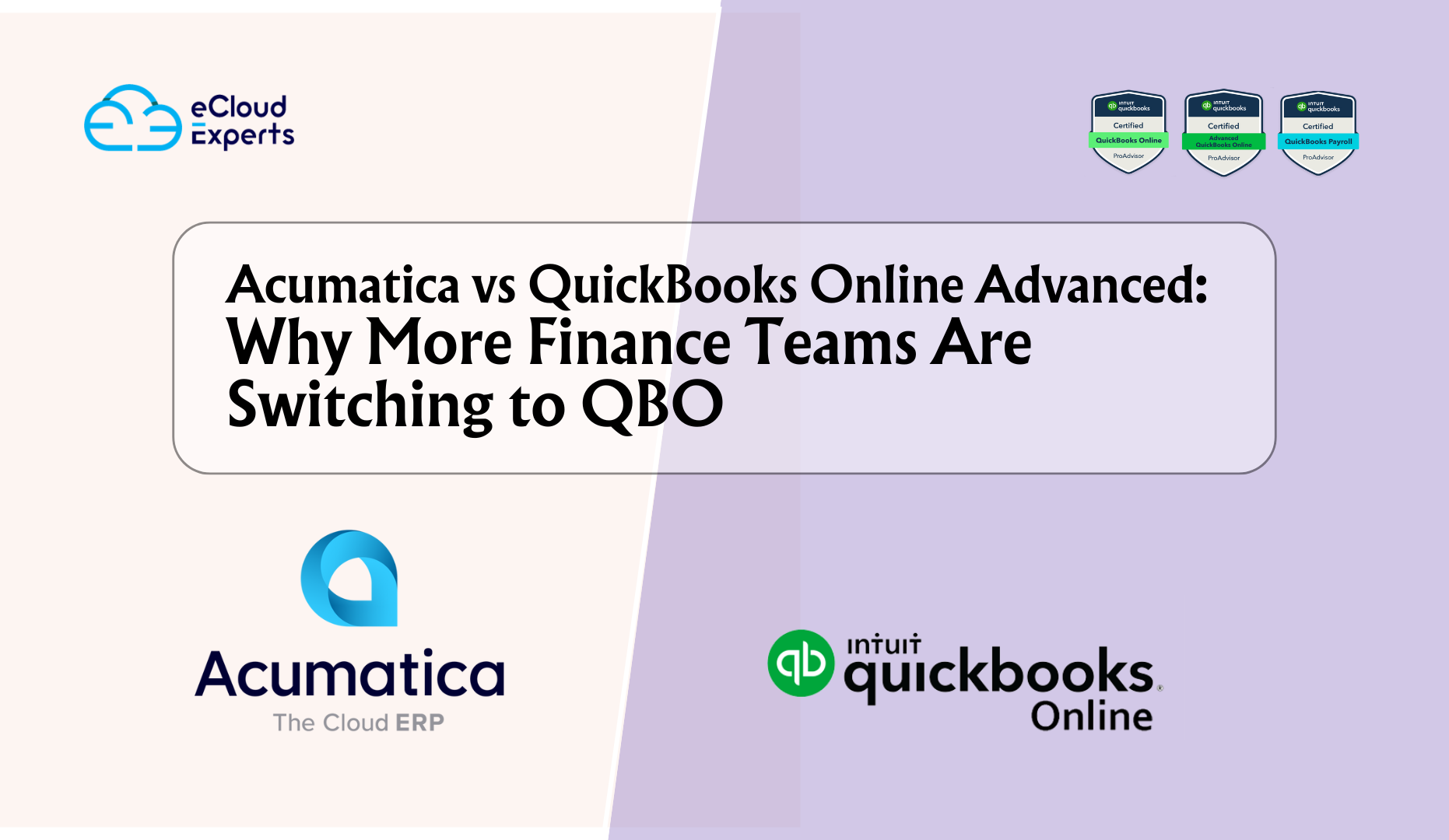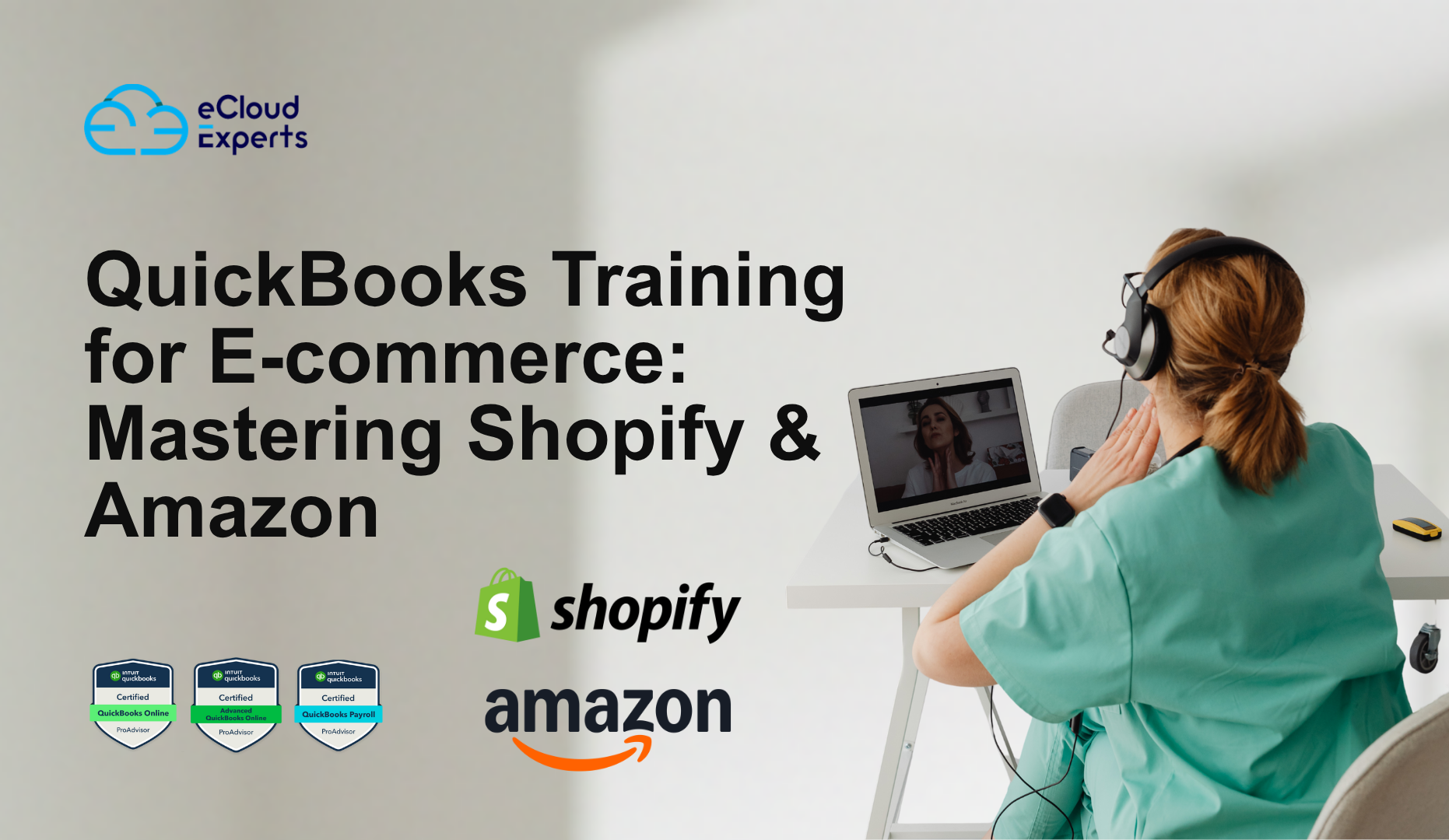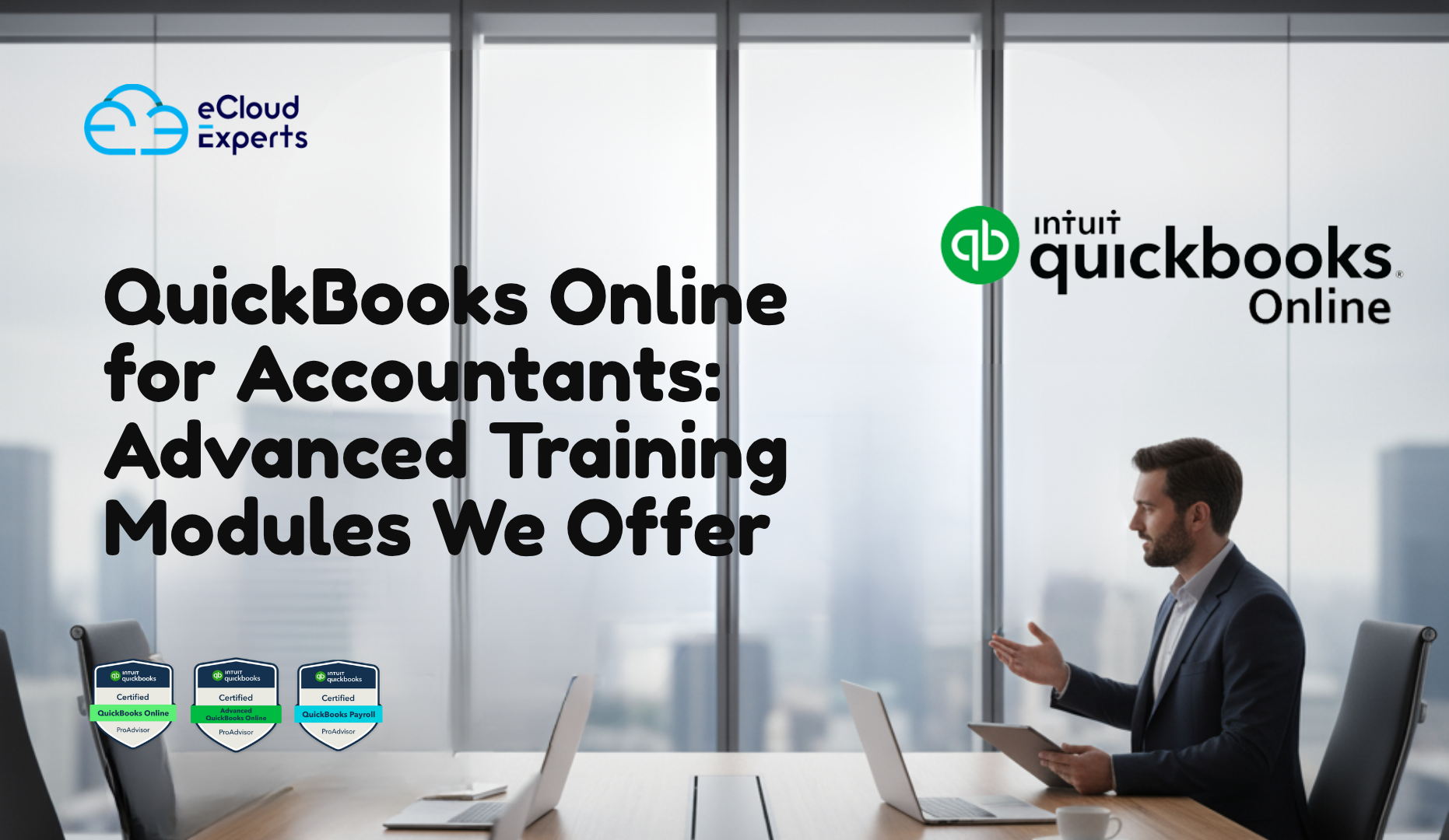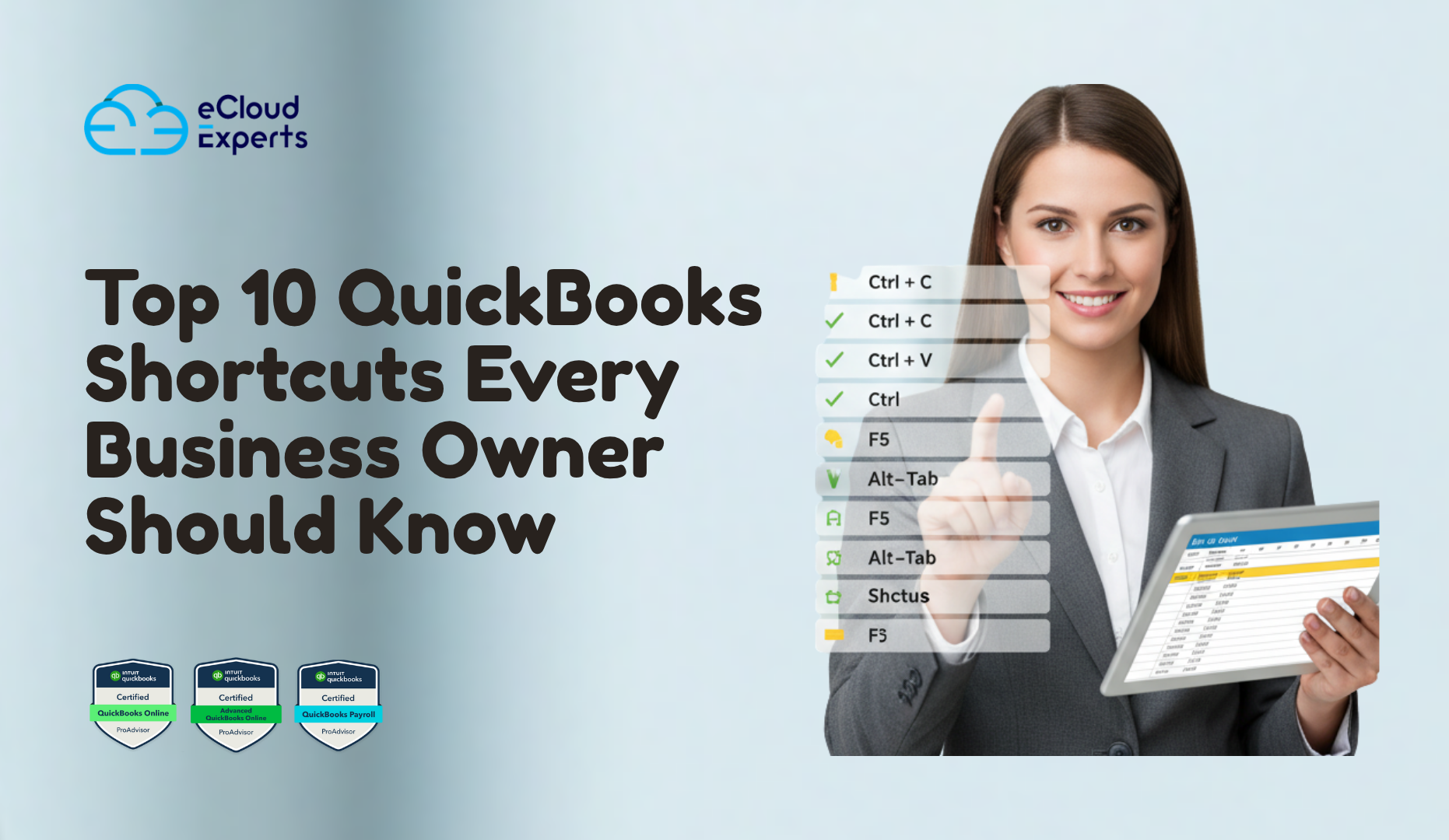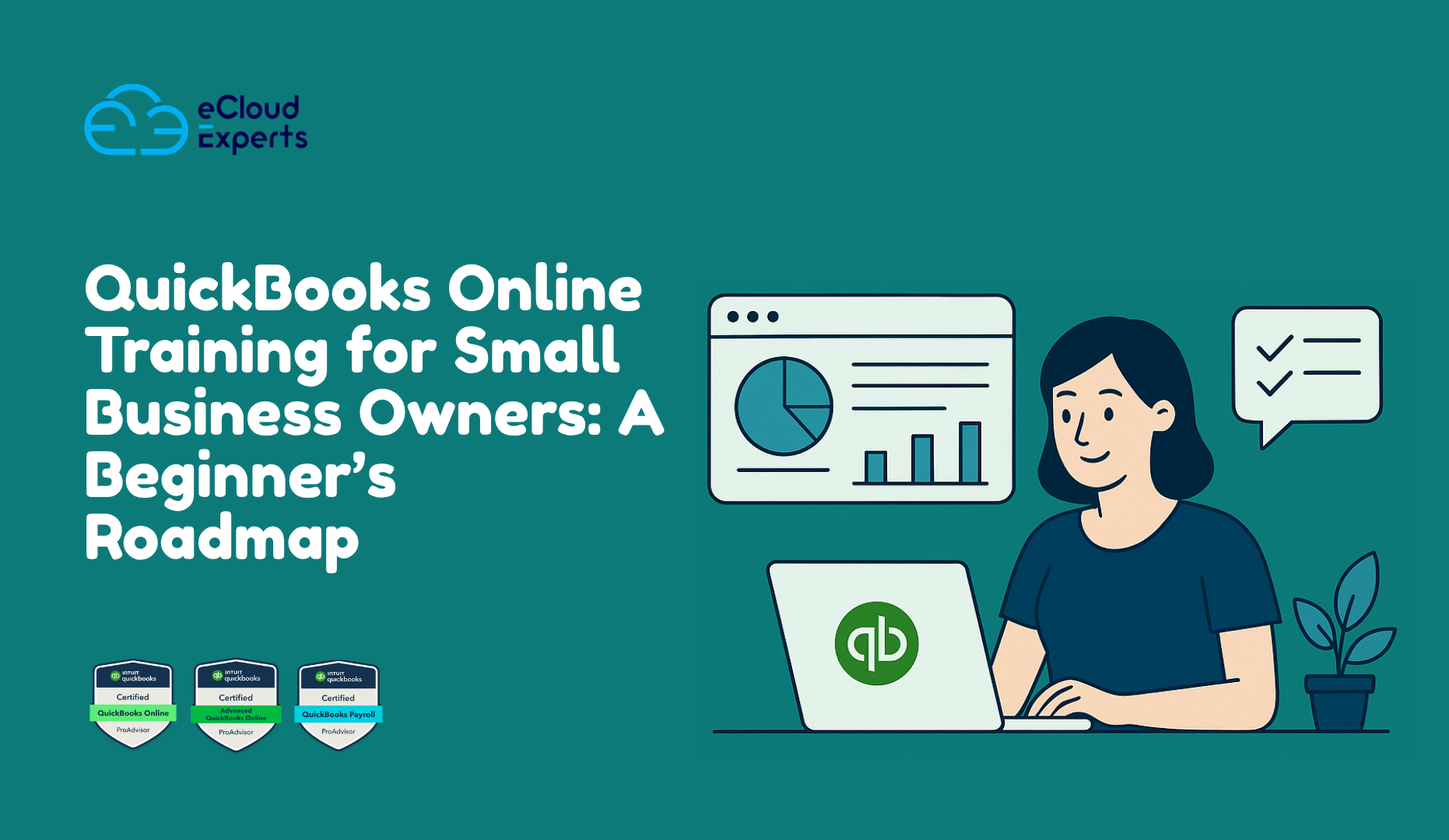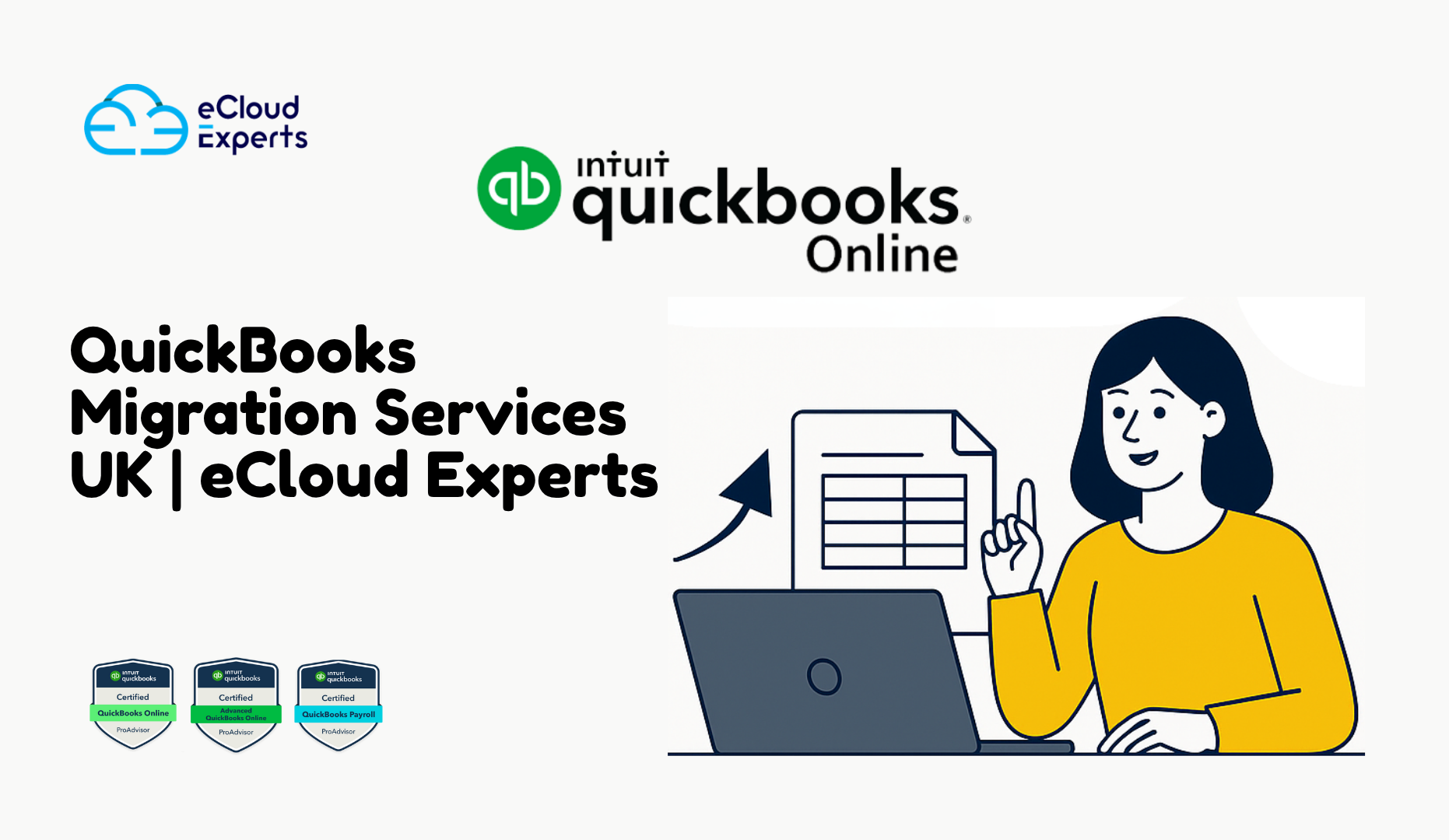Acumatica to QuickBooks Online migration is becoming one of the biggest shifts finance teams are making in 2025. Rising subscription costs, complex workflows, and the demand for faster insights are pushing businesses to question whether their current ERP or accounting solution is still a good fit. More companies are now evaluating the benefits of QuickBooks Online Advanced over Acumatica and the results are often game-changing.
If your team is already dealing with slow reporting, complicated integrations, or lengthy onboarding for new staff, the appeal of switching is obvious. But a migration is a strategic move that deserves careful planning. In this guide, we’ll compare both platforms, explore why finance leaders are making the switch, and show you what a smooth Acumatica to QuickBooks Online migration looks like from start to finish. By the end, you’ll have a clear framework for deciding whether it’s time to stick with Acumatica or make the move to QuickBooks Online Advanced.
Understanding Acumatica and QuickBooks Online Advanced
If you’re comparing Acumatica and QuickBooks Online Advanced for the first time, it’s important to understand what each brings to the table. Acumatica is a cloud-based ERP system offering everything from financial management to CRM, inventory tracking, and project oversight. It’s a powerful all-in-one solution, but it often requires more training, setup, and ongoing management than some businesses expect.
QuickBooks Online Advanced, by contrast, is designed for growing small and mid-sized businesses that want advanced accounting capabilities without the heavy complexity of an ERP. It focuses on financial efficiency, automation tools, and a vast ecosystem of integrations, making it easier for teams to customise their workflows.
These differences matter when you’re mapping out an Acumatica to QuickBooks Online migration. Businesses leaving a full ERP environment often find that QBO Advanced gives them exactly the accounting power they need without the unused extras. Understanding this contrast is key to a smooth Acumatica to QuickBooks Online migration that aligns with your team’s skills and long-term goals.
Why Businesses Are Switching from Acumatica to QBO Advanced
For many finance teams, the decision to move away from Acumatica isn’t about disliking the software it’s about finding a better fit for their needs. Businesses with straightforward accounting requirements often discover they’re paying for ERP features they rarely use. QuickBooks Online Advanced delivers the essentials they rely on daily, along with automation tools, custom reporting, and an interface that most accountants already know well.
Another major factor is cost efficiency. Subscription savings, reduced training time, and quicker onboarding for new staff all contribute to a strong return on investment. This is why more companies are starting the process of Acumatica to QuickBooks Online migration, aiming to simplify operations while freeing up resources for growth.
Integration flexibility also plays a role. QBO Advanced connects seamlessly to payroll systems, eCommerce platforms, and industry-specific apps without the need for custom development. For businesses looking to scale, the adaptability offered by an Acumatica to QuickBooks Online migration can be a game-changer, enabling them to evolve without being locked into rigid workflows.
Key Feature Comparison QBO Advanced vs Acumatica
Choosing between two accounting platforms often comes down to a feature-by-feature review. Acumatica is designed to handle complex, multi-department operations with integrated tools for CRM, manufacturing, and inventory management. While these capabilities are valuable for large enterprises, they can feel excessive for businesses that only need strong financial management and reporting.
QuickBooks Online Advanced focuses on delivering high-performance accounting features without the layers of ERP complexity. Batch invoicing, custom fields, advanced analytics, and priority customer support give growing companies the tools they need without overwhelming their teams.
This is why so many organisations exploring an Acumatica to QuickBooks Online migration see QBO Advanced as the more agile choice. They get the benefits of modern automation, integrations, and reporting without paying for unused modules. For decision-makers, this balance of power and simplicity is a major reason to proceed with an Acumatica to QuickBooks Online migration as part of their long-term strategy.
The Benefits of Migration
Switching to QuickBooks Online Advanced can unlock real advantages for finance teams seeking efficiency and scalability. One of the most immediate benefits is the learning curve — most accounting professionals are already familiar with the QuickBooks interface, meaning less time spent on training and more time focused on financial insights.
Cost savings are another strong motivator. Lower subscription fees, fewer hours spent on manual processes, and reduced IT support requirements all add up to a healthier bottom line. Many businesses also appreciate the flexibility of adding industry-specific apps as needed, without committing to the broader and sometimes unnecessary functionality of an ERP.
For companies in growth mode, an Acumatica to QuickBooks Online migration offers the chance to future-proof their accounting setup. The ability to integrate seamlessly with payroll, eCommerce, and analytics tools ensures that the system can evolve alongside the business, instead of holding it back.
Step-by-Step Migration Guide
Moving from Acumatica to QuickBooks Online Advanced isn’t just a data transfer — it’s a structured project that benefits from careful planning. Understanding the process helps reduce errors, preserve historical records, and keep operations running smoothly.
Step 1: Assess your current system
Before beginning an Acumatica to QuickBooks Online migration, finance teams should review their existing data, workflows, and integrations. This assessment reveals which records are still relevant and what can be archived.
Step 2: Prepare and clean your data
Data cleanup before migration is essential. Removing duplicate entries, standardising account codes, and reconciling discrepancies ensures a smoother import into QBO Advanced.
Step 3: Map data fields and integrations
Mapping determines how Acumatica’s data aligns with QuickBooks’ structure. It’s also the stage to identify which third-party tools need reconnecting after migration.
Step 4: Execute and test
A successful Acumatica to QuickBooks Online migration includes running test imports to catch errors early. Testing before going live avoids disruptions and ensures accuracy.
Step 5: Go live and train your team
Once the final migration is complete, onboarding users to QBO Advanced ensures everyone can take advantage of new features from day one.
Common Challenges and How to Overcome Them
Even the most organised migration projects can hit snags along the way. One common hurdle is incomplete or inconsistent data. If account codes or customer records don’t match between systems, errors can appear after the import. That’s why data cleanup before migration is more than just a good idea it’s a necessity.
Another challenge comes from mismatched workflows. Acumatica’s structure may not translate directly into QuickBooks, especially if custom fields or specialised reports are involved. A well-planned Acumatica to QuickBooks Online migration includes time to map these workflows so they work seamlessly in QBO Advanced.
Finally, change management is often underestimated. Staff who have worked in Acumatica for years may feel uneasy about switching to a new platform. By involving them in testing phases and offering targeted training, businesses can reduce resistance and make the transition smoother. This people-focused approach often determines the long-term success of an Acumatica to QuickBooks Online migration.
Real-World Example – Moving from Acumatica to QBO Advanced
A mid-sized manufacturing company in the UK had been using Acumatica for five years. While the ERP offered powerful capabilities, the finance team only relied on a fraction of them. Most of their day-to-day work involved core accounting, payroll, and financial reporting areas where QuickBooks Online Advanced could easily match their needs without the added complexity.
When they began their Acumatica to QuickBooks Online migration, the focus was on keeping essential historical data intact while cleaning up unused records. This meant that the transition wasn’t just a system swap it was also a chance to simplify their accounting structure.
Post-migration, the team reported faster monthly closes, reduced IT costs, and greater confidence in their reporting accuracy. They also found it easier to onboard new staff, as most hires already had QuickBooks experience. For them, an Acumatica to QuickBooks Online migration wasn’t just a change in software — it was a strategic move that freed up resources for growth.
Is QBO Advanced Right for You?
Deciding whether QuickBooks Online Advanced is the right fit comes down to your business size, industry, and accounting complexity. If your current processes rely on advanced ERP features like manufacturing resource planning, integrated CRM, or multi-warehouse inventory management, Acumatica may still be the better choice.
However, if most of your daily operations revolve around accounting, reporting, and a few targeted integrations, QBO Advanced can deliver the tools you need with less overhead. Businesses that have made the switch through an Acumatica to QuickBooks Online migration often highlight improved usability, lower costs, and easier recruitment of finance staff familiar with QuickBooks.
Ultimately, it’s about matching your software’s capabilities to your operational priorities. The right choice will balance features, usability, and cost without burdening your team with unnecessary complexity.
How We Help with Migration
Choosing to switch accounting platforms is a major decision, and the transition process can feel daunting without the right expertise. Our team specialises in guiding businesses through every stage of an Acumatica to QuickBooks Online migration, from initial planning to final training.
We start by assessing your current Acumatica setup, identifying the data and workflows that need to be transferred, and mapping them to QuickBooks Online Advanced. This ensures that nothing important is left behind and that your new system is fully tailored to your operations.
During the migration, we handle the technical work — including data export, cleaning, and testing — so your team can stay focused on running the business. After go-live, we provide training and ongoing support to make sure you’re getting the most from your investment. Whether you’re moving to improve efficiency, reduce costs, or simplify your processes, an Acumatica to QuickBooks Online migration with our help is designed to be smooth, accurate, and secure.
If you’re ready to explore the possibilities, book a consultation today and let us show you how an Acumatica to QuickBooks Online migration can position your business for long-term success.
Making the Switch with Confidence
Switching accounting platforms can feel like a high-stakes move, but with the right planning, the results can be transformative. For many businesses, an Acumatica to QuickBooks Online migration is not just about changing software — it’s about creating a more agile, cost-effective, and user-friendly financial system.
QuickBooks Online Advanced offers the flexibility, integrations, and advanced reporting features that modern finance teams need to stay competitive. When backed by experienced migration specialists, your Acumatica to QuickBooks Online migration can be executed with precision and minimal disruption.
If you’re ready to explore whether this move is right for your business, our team is here to guide you every step of the way. Contact us today to discuss your Acumatica to QuickBooks Online migration and see how it can position your business for the future.
FAQs – Acumatica to QuickBooks Online Migration
Q1: How long does an Acumatica to QuickBooks Online migration take?
The timeline depends on your data volume and complexity. Most migrations can be completed in 2–6 weeks, but larger projects may take longer.
Q2: Will my historical data be included in the Acumatica to QuickBooks Online migration?
Yes. We work to bring over all essential financial records, customer information, and transaction history where technically possible.
Q3: Can we keep our current integrations after an Acumatica to QuickBooks Online migration?
In most cases, yes. QBO Advanced offers a wide ecosystem of apps that can replace or replicate your existing integrations.
Q4: Is there downtime during an Acumatica to QuickBooks Online migration?
Downtime is minimal. We plan migrations to run alongside your normal operations, with only short windows for system cutovers.
Q5: Why choose experts for an Acumatica to QuickBooks Online migration?
Experienced specialists ensure data accuracy, maintain compliance, and avoid common pitfalls that could cost you time and money.
Q6: What’s the cost of an Acumatica to QuickBooks Online migration?
Costs vary depending on complexity, but many businesses find the long-term savings in software fees and efficiency far outweigh the investment.
Q7: How secure is an Acumatica to QuickBooks Online migration?
Security is a top priority. We follow strict protocols to protect your data before, during, and after the migration.
Q8: Can training be included in an Acumatica to QuickBooks Online migration package?
Absolutely. We offer post-migration training so your team can fully leverage QuickBooks Online Advanced from day one.
Q9: Will an Acumatica to QuickBooks Online migration disrupt payroll processing?
No. We ensure payroll continuity by planning the migration around your payroll schedule.

